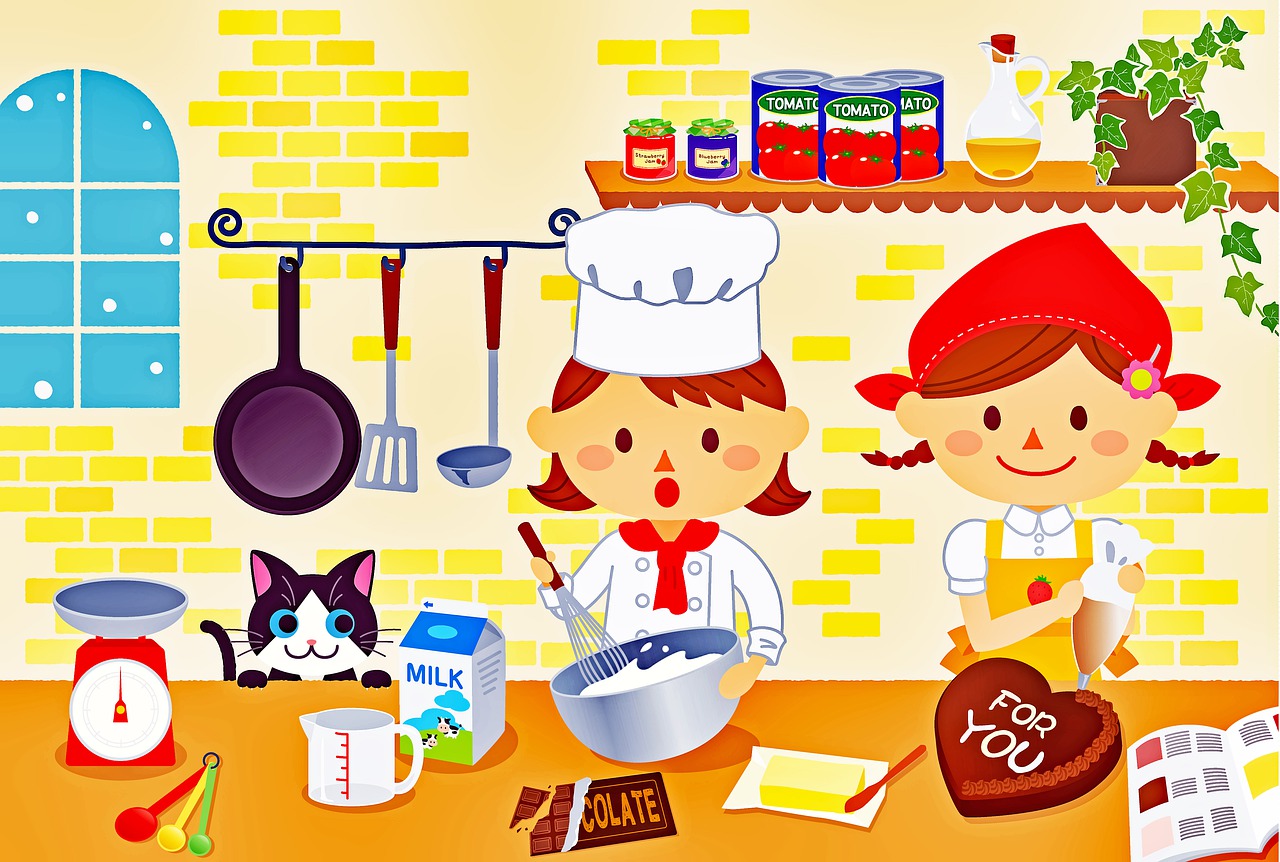
I mentioned Robert Louis Stevenson in my post Imagination & Creation.
He is best known for books like Treasure Island and Dr. Jekyll and Mr. Hyde.
But also for A Child’s Garden of Verses.
First published in 1885, it contains 64 poems.
Stevenson was a sickly child in Scotland and dedicated the book to his nanny who looked after him much of the time.
I know it’s old, but I mention it because it’s a classic.
There are many short poems that you or your child can commit to memory.
Do kids have to memorize things anymore?
Did you ever have to memorize poems?
I never did.
But my mother did.
I was always fascinated when she would rattle off a poem or piece of literature in the middle of a conversation because she felt it was pertinent. (She would also break out into song when either my sister or I happened to say something that reminded her of a song, but that’s another story.)
When I pushed my kids on the swing under our oak tree, sometimes I would recite the poem by RLS, “How do you like to go up in a swing, up in the sky so blue. Oh, I do think it the pleasantest thing ever a child can do.”
Not sure that’s verbatim, but the kids came to expect me to say it and then they started saying it, too.
I should ask them if they remember that.
But I digress.
So, A Child’s Garden of Verses is filled with poems about the simplicity of childhood and pleasant days—even though he was often sick.
That’s a good lesson right there.
As a side note, when my mom was living with Alzheimer’s, I would read to her from A Child’s Garden of Verses.
It was a touching, full-circle moment.
I give A Child’s Garden of Verses a rating of five cookies out of five.
Now, Baker’s Magic by Diane Zahler is a whole different read.
Published in 2016, it sounded like it might be a comparable story to the manuscript that I was working on.
So, I thought I ought to read it.
Our stories are similar in that our main characters solve their problems by baking, they are both 12 years old, and both are trying to create a family for themselves.
My story, though, takes place in the present.
This story takes place in the past, when deliveries were made by horse and cart, and pirates were a magical thing.
In Baker’s Magic, 12-year old Bee is hungry and homeless in a kingdom in a make-believe village called Zeewal.
Zeewal has the feeling of a small European village, maybe Holland.
She steals from the baker but is caught while trying to run away.
The baker, rather than punish her, brings her into his shop and she becomes his apprentice.
While baking for him, the village and the village castle, Bee discovers that she has a magical power: whatever emotion she’s feeling when she bakes is transferred to the baked good, then transferred to the person who eats it.
This comes in handy as the story evolves.
Bee has to help a new friend, the princess of Zeewal, find her father who was lost at sea and retain her seat of royalty.
It’s an adventure full of baked goods, magic, royalty, castles, pirates, ships, evil relatives, and good friends, while Bee learns what being a family means.
It’s a sweet story, one that I think parents can enjoy with their kids.
The version I read has 330 pages, plus it has a recipe for the magic buns that Bee bakes. (Hey, my story includes recipes, too!)
I give Baker’s Magic a rating of five cookies out of five.
Me and Robert Louis Stevenson: Click Here
Before you go, don’t forget to sign up for my mailing list, below:


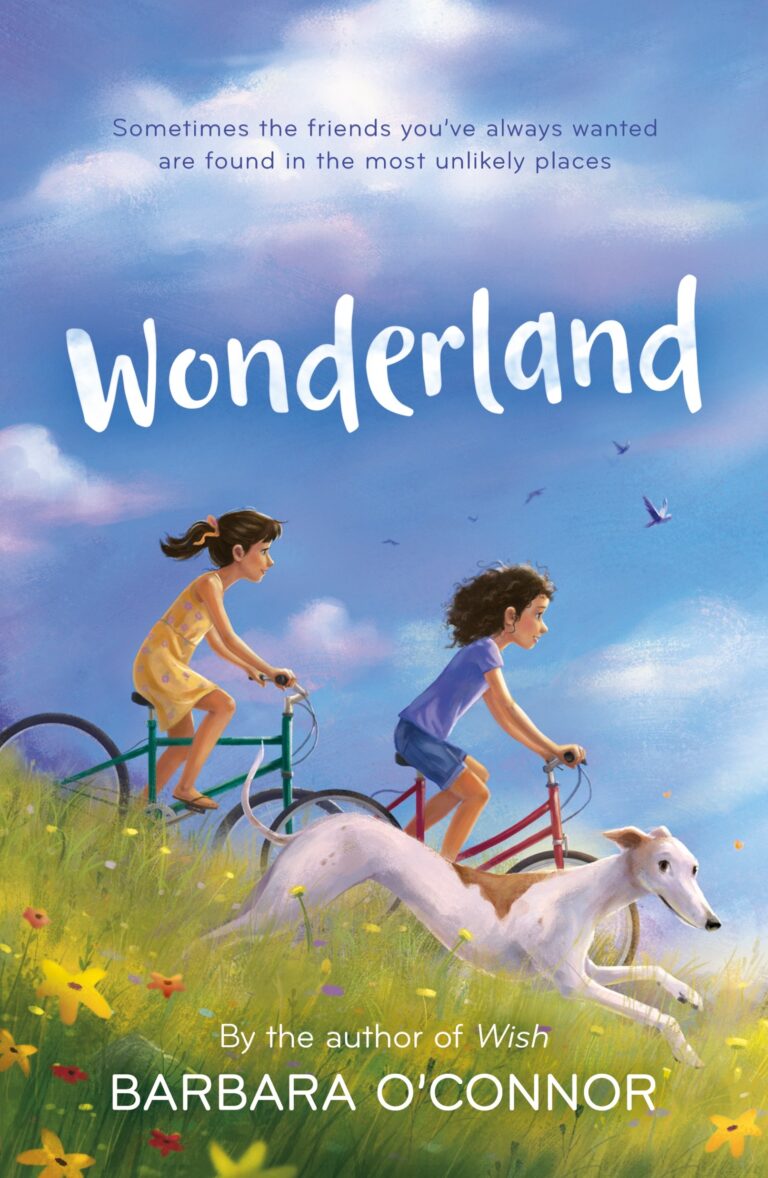
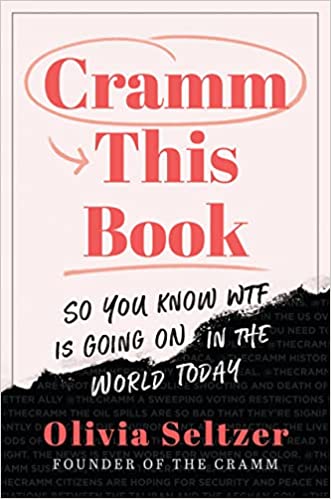
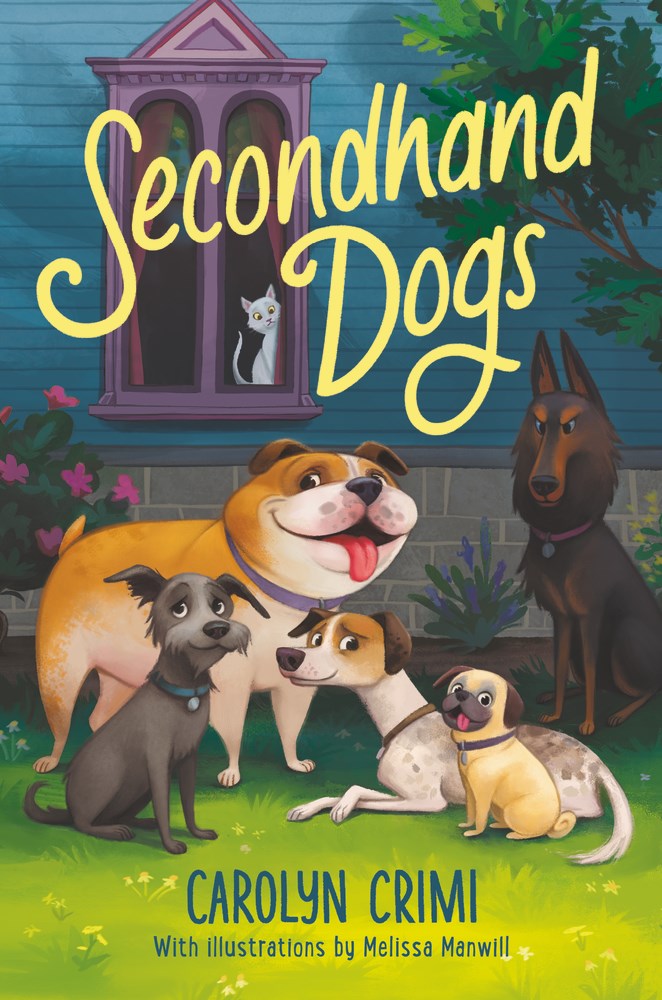
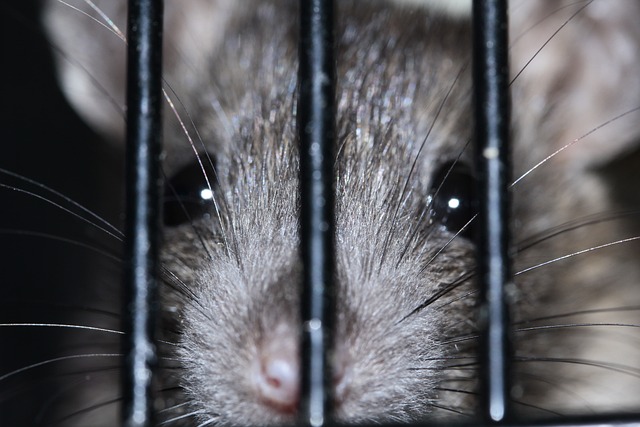

One Comment
Comments are closed.